A popular girls’ manga-style “A Housewife’s Daydiary” of housewives complaining about their laundry being covered in tissues.
In a single frame in the style of a girl’s manga, she complains about “common housewives. When she posted her illustrations on her blog and SNS, they became a hit, and the series was serialized in “Walker Plus” (KADOKAWA), the book went on sale, and was soon in its third printing!
We asked Tara Minoru, a picture diary blogger who used to be a manga artist, about the reasons and benefits of shifting from commercial magazines to focusing on her blog, her writing activities, and more.
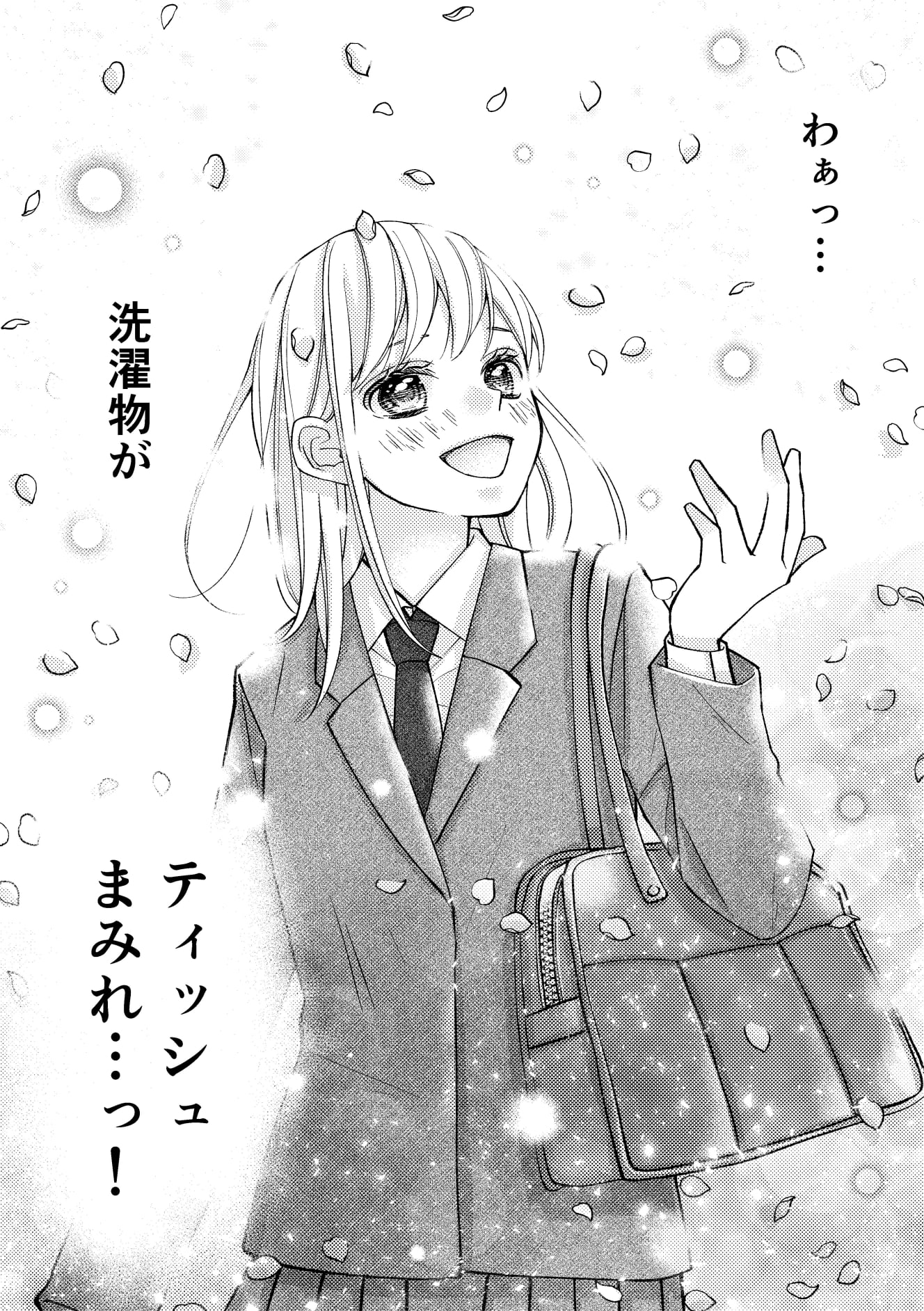
At the time I stopped being an artist, I was feeling a bit battered, so I was happy that what I wanted to draw came out just as I wanted it to…
Tara made her debut as a girls’ manga artist in a commercial magazine at the age of 20; she married at 24 and juggled work and child-rearing. However, in 2013, she stopped working for commercial magazines.
–Why did you stop working as a manga artist?
Tarami: Right after my older son was born, I started to feel strongly that I wanted to draw about children. But I couldn’t express child-rearing and childcare well as a girls’ manga, so I decided to move to a blog where I could draw what I wanted.
–What are the advantages and disadvantages of both commercial magazines and blogs?
Tarami: With a commercial magazine, I was very happy to be published in a magazine that I had longed for and to have my work published in book form. However, it was sometimes painful that I could not release my work to the world without the editor’s OK, and this feeling continued to haunt me for a long time. There was also a lot of pressure to receive money from the company for my work.
My experience as a writer was a great learning experience, and I still use it today. However, there were many difficult times, including slumps.
On the other hand, with a blog, what you draw goes out to the world as it is with a “Pochi. At the time when I quit my career as an artist, I was feeling pretty shattered, so I was happy that my drawings appeared as they were, without going through anyone else. The blog saved me.
However, it’s also a harsh world, because I am responsible for what is or isn’t interesting, and if it isn’t popular, the PV won’t go up.
–Do you still worry about the number of followers and PV?
Tarami: Sometimes I think, “I have to come up with something interesting next time! But I have already experienced the slump that occurs when you start worrying about such things when you are working for a commercial magazine, so I have made up my mind that I will never let that happen again! I’m determined not to let that happen again! I’ll submit what I want to draw, and if it doesn’t hit the mark, I’ll say, “Well, next time! And if I don’t win, I say, “Next time! If I win, I consider myself lucky.
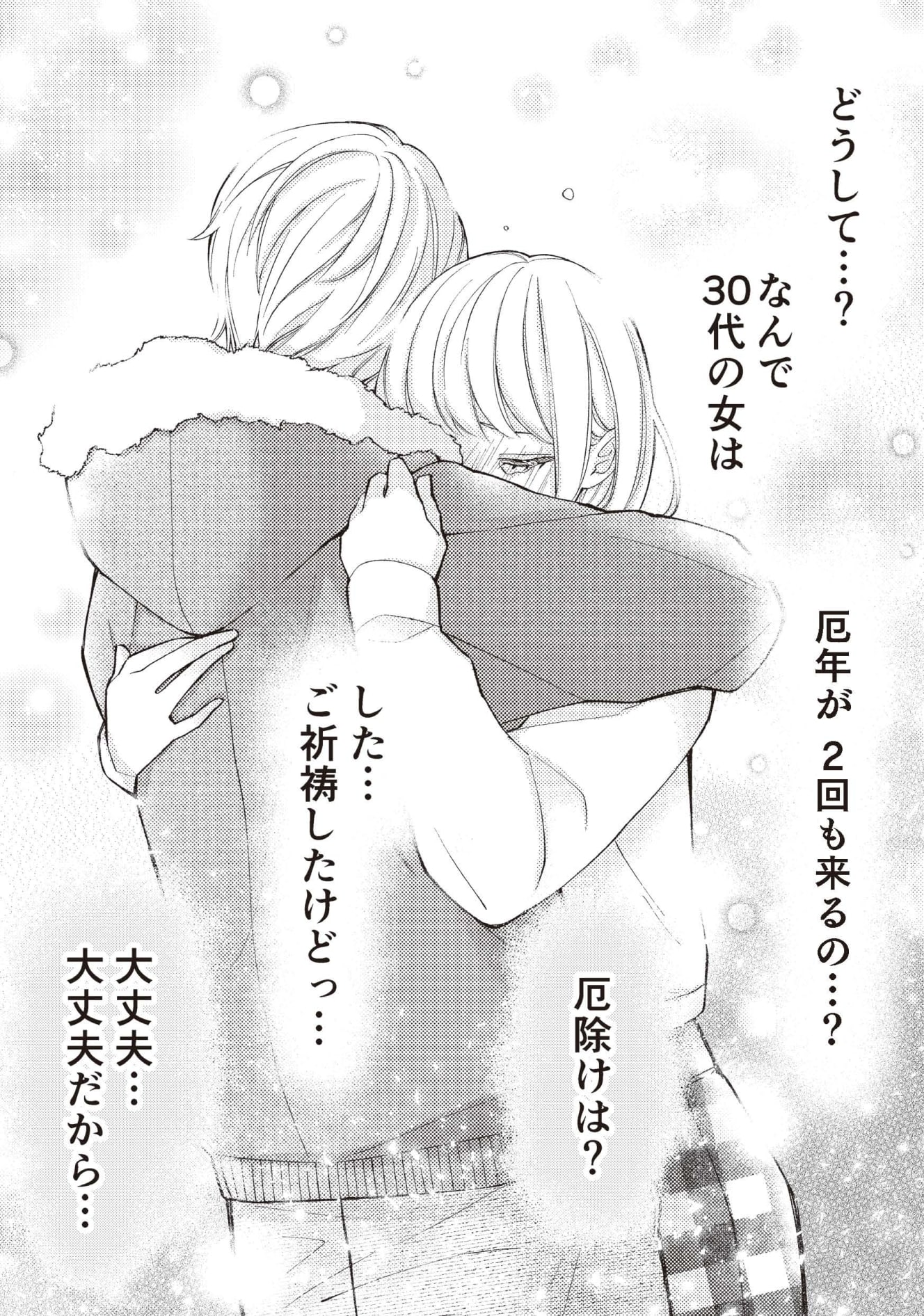
The secret is a “Complaining Notebook” in which I write down every time a complaint is made.
–How did you come up with the style of complaining about “common housewives” in a shoujo manga style?
Tarami: At first, I thought it would be a good idea to have people say what they were thinking, not just complaining, in a shoujo manga style. The response was good, and as I drew more and more things, the main focus gradually shifted to complaining.
–I have two children, a girl and a boy, who are now 10 and 8 years old, respectively. Do you have no trouble with stories for the time being?
Tarami: When I was working on “Walker Plus,” I had a lot of stories, so the editors gave me a lot of sources (laughs).
But there are times when I have a lot of complaints all at once and times when I don’t have any at all, so I make a “Complaints Notebook” and save them up, then choose “this one today” from among them.
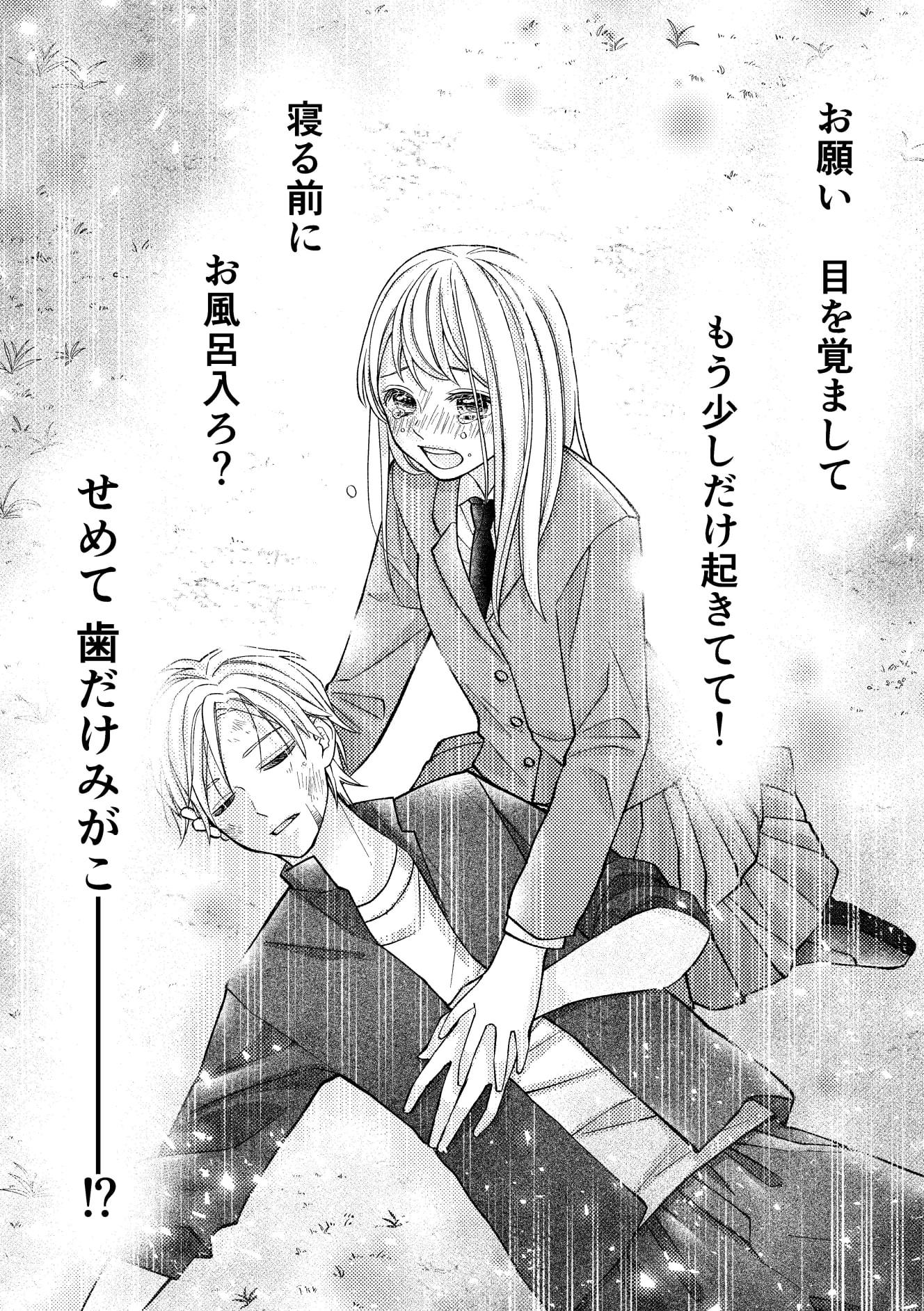
Illustrations that make viewers laugh and lighten their hearts are not the kind of serious complaints that raise problems.
–What kind of feedback do you receive from readers?
Tarami: “I understand,” “Yes, I know! I often receive sympathetic comments such as, “My family is the same way. I myself sometimes think, “What if this is just my family? I feel relieved when people say, “Yes, I know!
What you are secretly bothered by may be common to everyone! I would be happy if this illustration could convey the message that “what you are secretly bothered about might be the same for everyone” or “everyone is like that.
–Do you pay attention to anything when you create your works?
Tarami: In terms of content, I have decided not to draw too deep complaints. I don’t want to just read it and be the source of raising issues. I definitely don’t want to create a flow of conflict or discussion. So I try to choose light complaints that a wide range of people can relate to or laugh at.
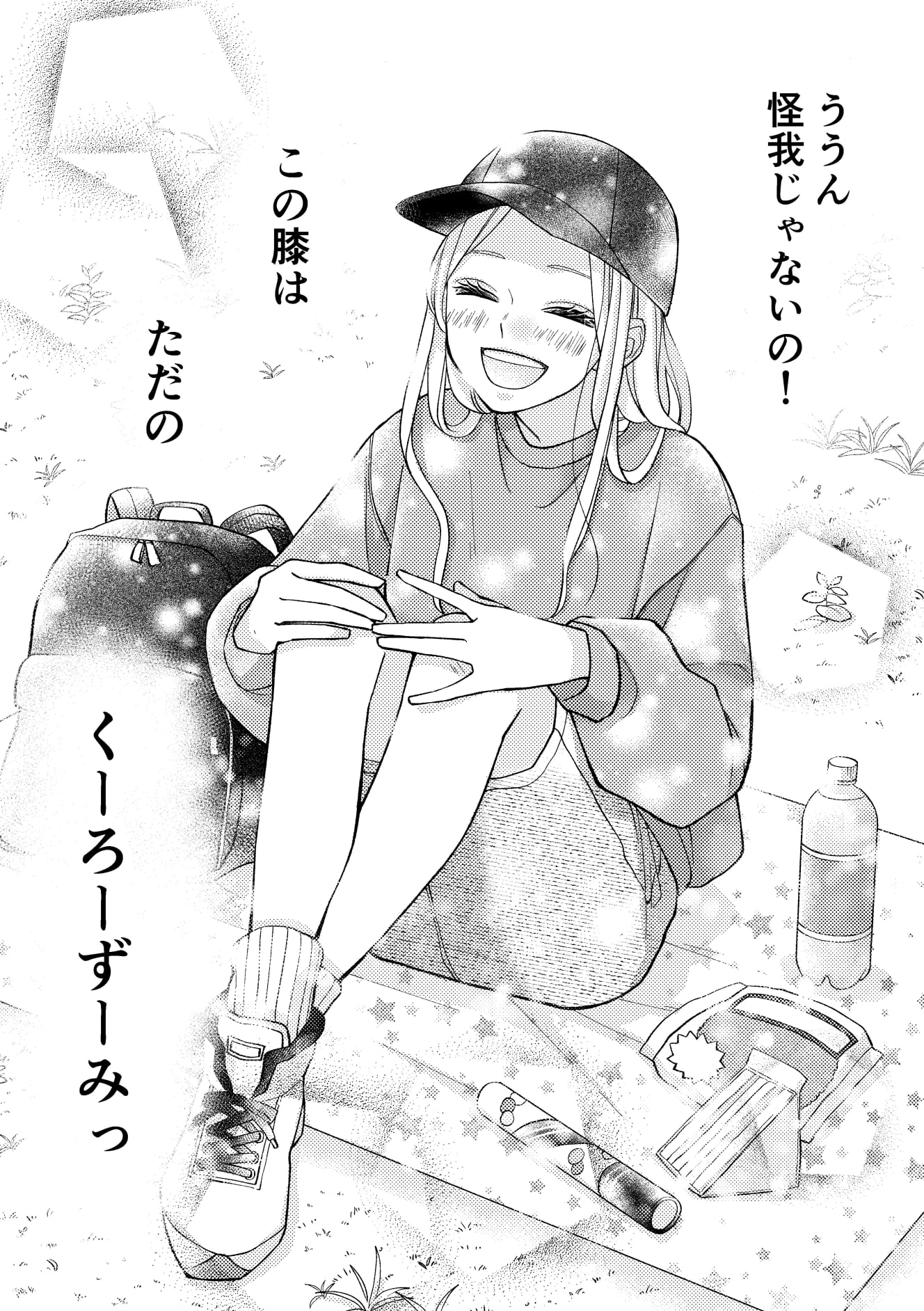
–How do you handle your own heavy complaints?
Tarami: I talk it out with the person I’m complaining to, or I write my anger and frustration on a piece of paper, tear it up, and throw it away, or I call a friend, etc. Sometimes I feel like complaining on social media, so I created another account and tried to tweet without following anyone, and even locked my account. But I couldn’t do it after all. I was too scared (laughs).
–Do you have any plans to create works about the emotions given to you by your children in the future?
Tarami: I would like to depict the events that moved me in the future, but basically, I want people to laugh when they see my work. Of course, I want to be moved, but I also want people to look at funny events with an empty brain and say, “That made me giggle.
Tarami is a mother of two. She lives with her husband, who is a transferee from one place to another. After working as a girls’ manga artist, she is now a picture diary blogger and illustrator.
Her blog “Taratari Mainichi. Click here
Instagram (108,000 followers!) Click here

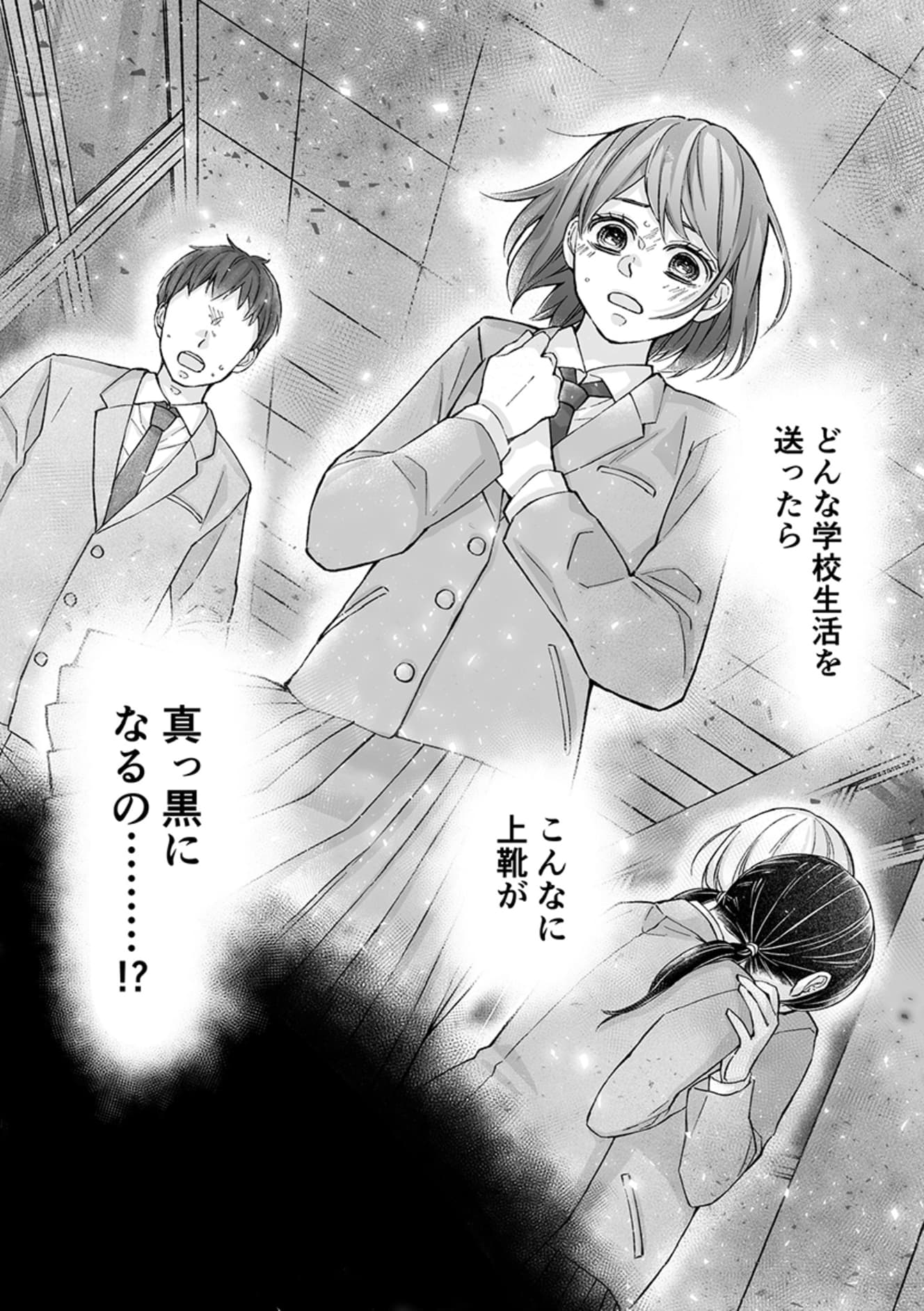
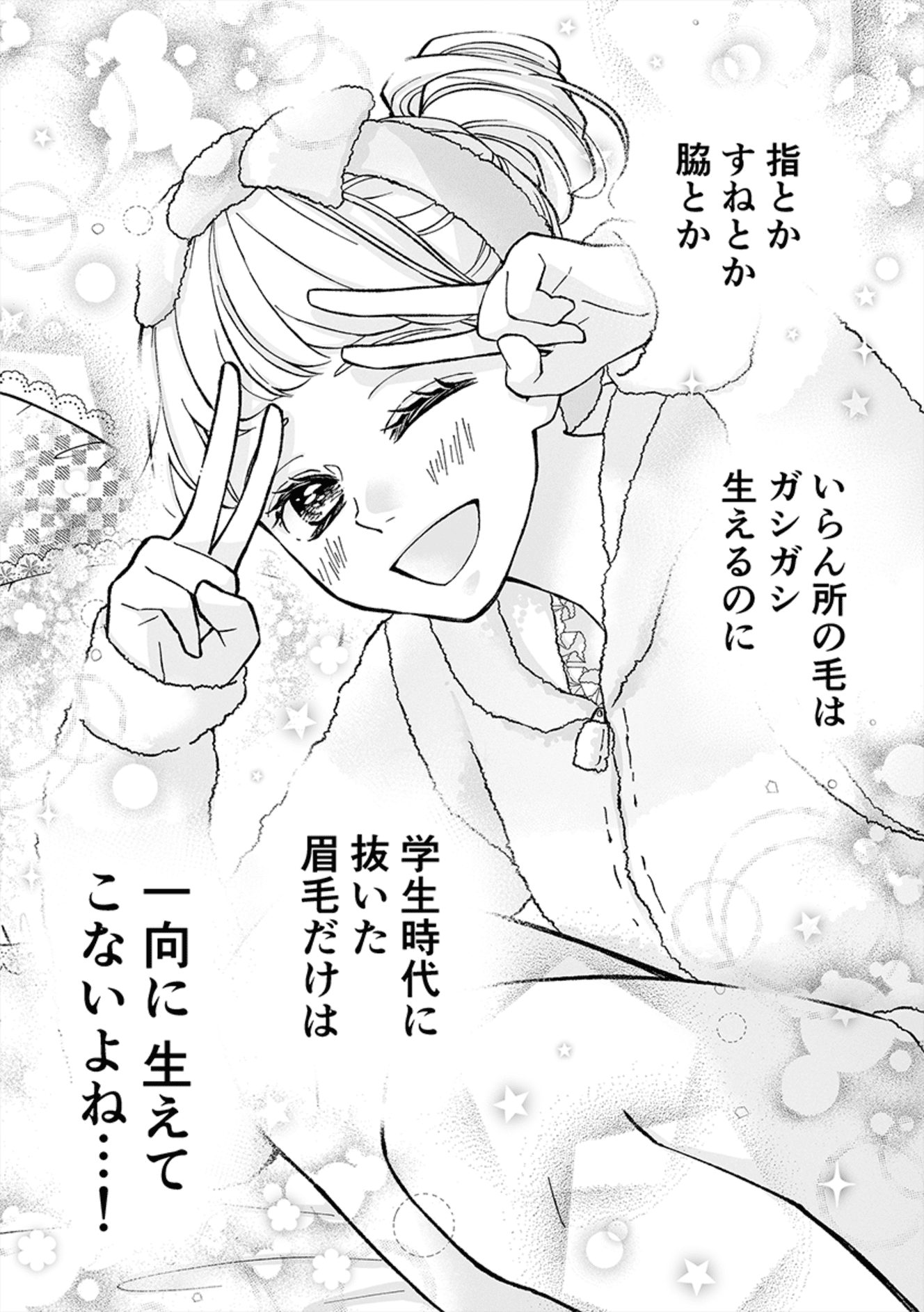
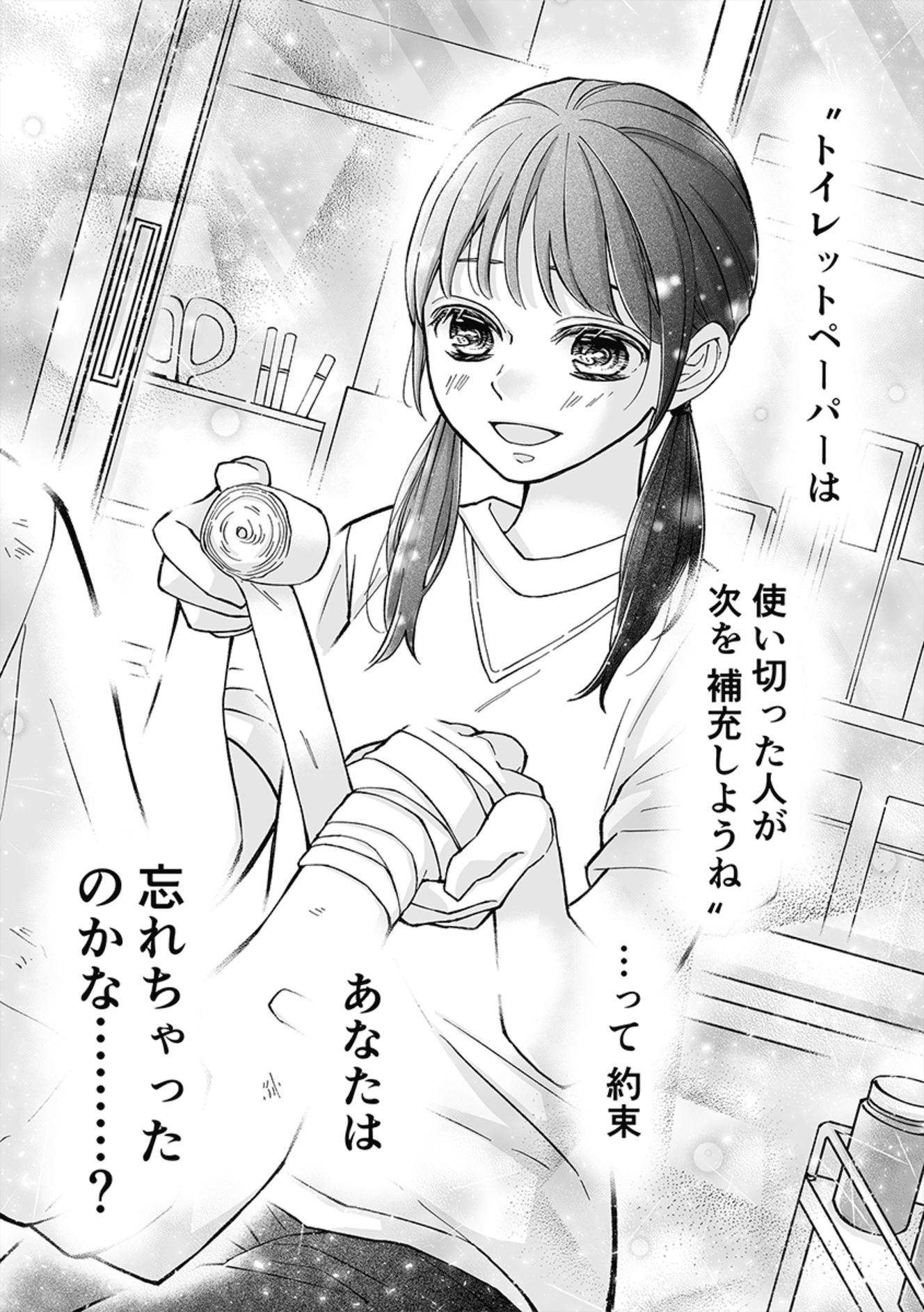
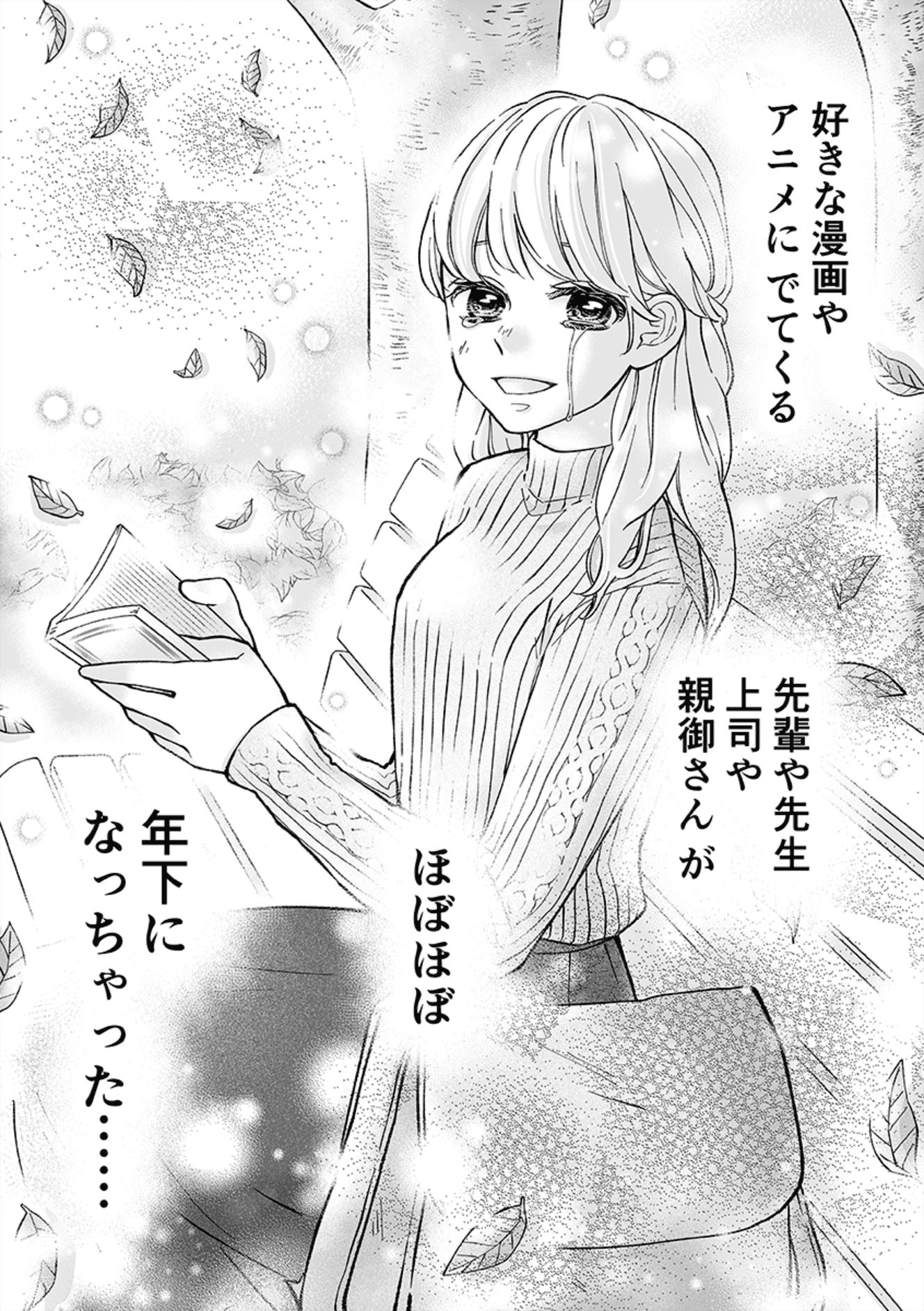
Interview and text: Chimasa Ide